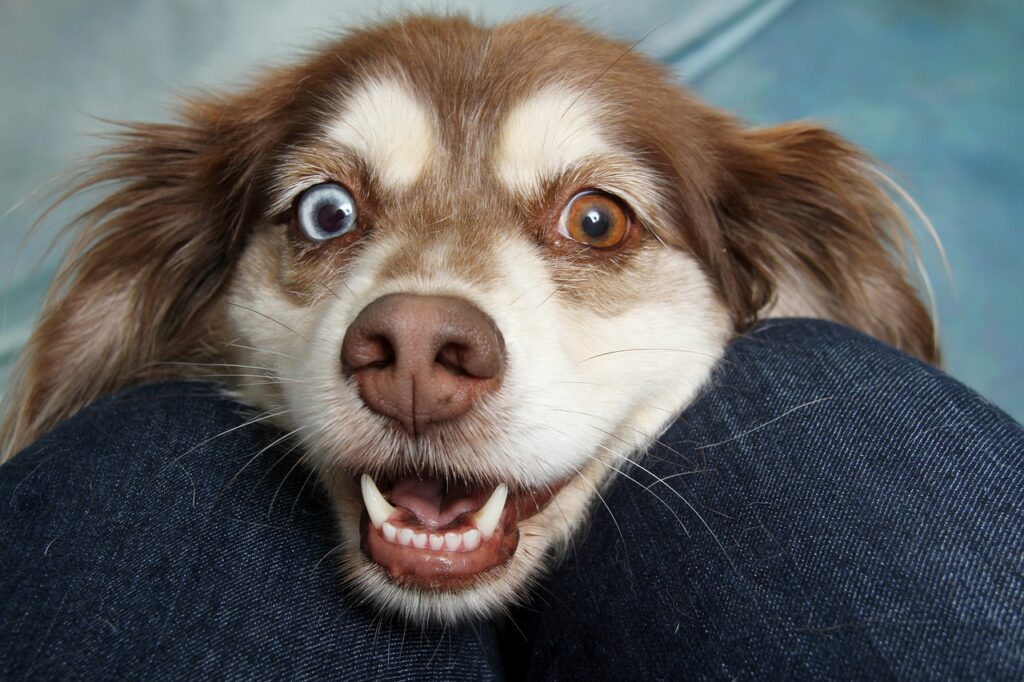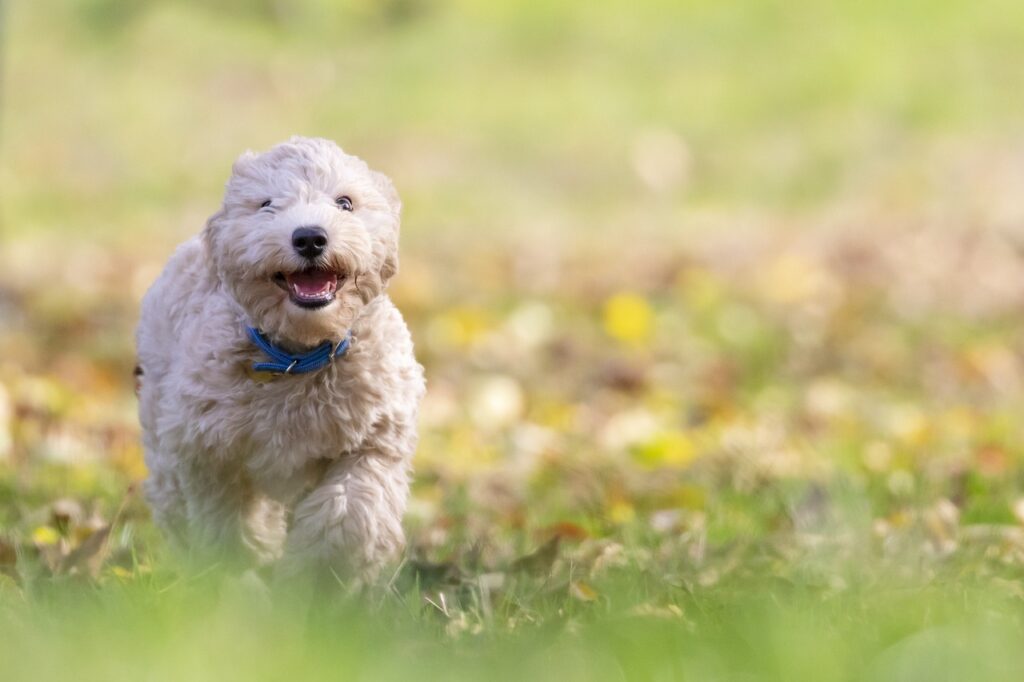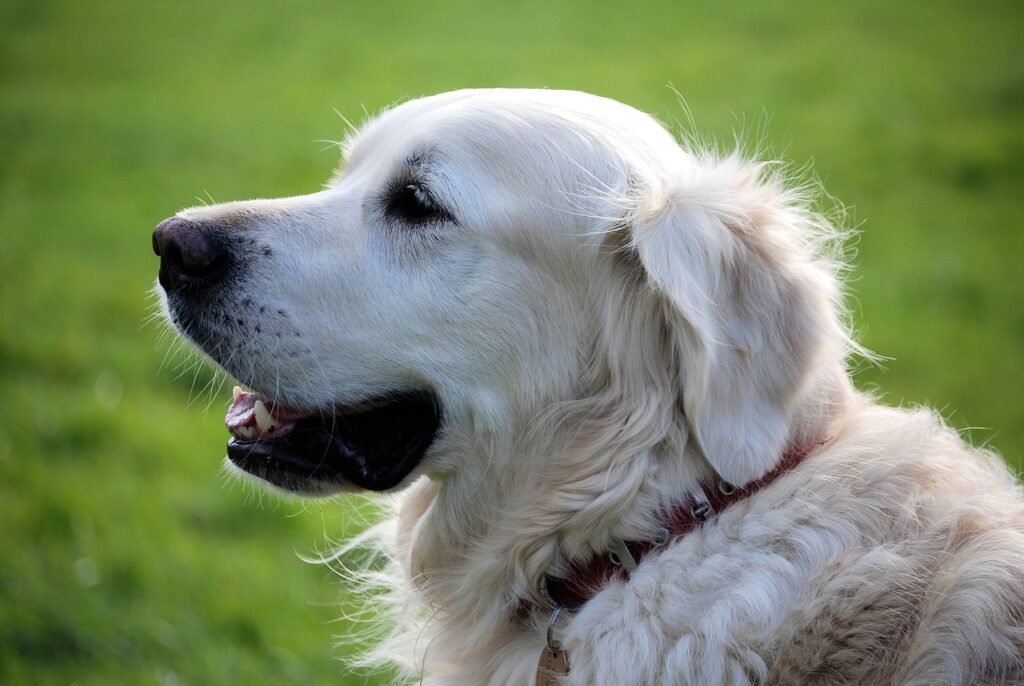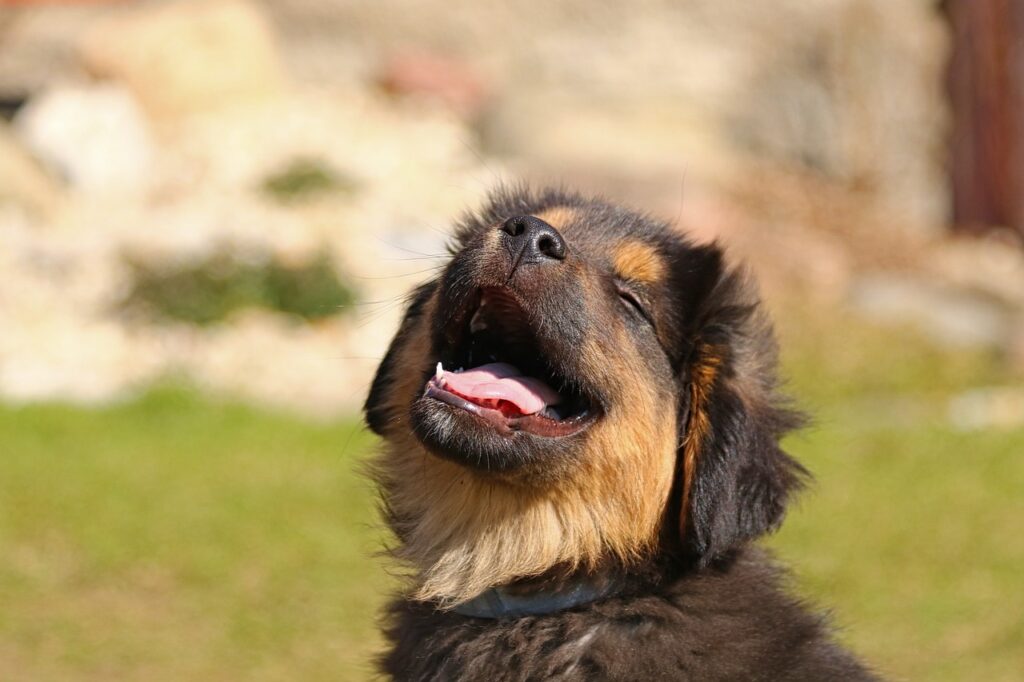Let’s explore the fascinating world of puppies lose baby teeth.
Similar to human babies, puppies go through a developmental stage as they grow from having cute baby teeth to having strong adult teeth.
Here’s a summary of this enjoyable journey:-
1. Weeks 2 through 4:- Your puppy is still with their mother and breeder at this early stage. Their eyes open to a curious world as puppies baby teeth start to lose.
2. Weeks 5–7:- At this time, all 28 puppies lose baby teeth need to be visible. During this time, breeders frequently begin weaning the puppies onto soft, moist puppy food.
3. Weeks 12 to 16:- This is the time when you’ll probably bring your cuddly friend home. As puppies baby teeth begin to lose, keep a look out for tiny teeth around your home. Offset any soreness with secure chew toys. Have your puppy’s mouth examined by your veterinarian as well to make sure everything is developing as it should.
4. Six Months and Up:- Your puppies should have lose all of its baby teeth by the time they are six months old, to make room for their adult teeth. Approximately 42 teeth are seen in adult dogs, which is about 10 more than in humans. See your veterinarian if you discover any remaining baby teeth as they might need to be extracted.
Recall how important it is to maintain your puppy’s dental health. To keep those beautiful whites in peak condition, provide suitable chew toys and think about getting regular dental care!


What are some common signs of teething discomfort in puppies?
Puppies frequently display different symptoms of discomfort during the teething process.
The following are some typical symptoms to watch out for:-
1. Mouthy Behavior:- During teething, some breeds, such as retrievers, have a tendency to become more mouthy. As their teeth gradually erupt, they might grab and chew on anything that is within reach.
2. Chewing:- An increase in chewing is the most obvious symptom. Almost anything, living or non-living, that your puppy might chew on includes shoes, wires, and cushions. They may even use their teeth to itch your arms and legs. The irritable feeling brought on by the emergence of baby teeth is lessened by chewing.
3. Swollen Gums:- During teething, puppies frequently have swollen and sore gums. As their gums make room for the growing adult teeth, the resulting pain can be mild to moderate.
4. Bleeding:- The enlarged gums may occasionally begin to bleed. A small amount of bleeding is typical when the gums split to make room for new teeth to erupt.
5. Appetite Changes:- During teething, a lot of puppies experience changes in their eating habits or a loss of appetite.
6. Irritability:- Puppies that are uncomfortable may become agitated. Whether it is due to tingling or pain, anger is a common teething symptom.
7. Increased Salivation:- Puppies often drool more than usual during the teething stage as changes take place inside their mouths.
Don’t forget to give them the proper chew toys to help with their discomfort and maintain their dental health!


What types of chew toys are safe for puppies?
There are a few options available to keep your adorable puppy occupied and help ease the discomfort of teething.
These are safe chew toys. The following are some chew toys suitable for puppies:-
1. Nylabone Key Ring with Bacon Flavor Just for Puppies:-
- Your puppy’s urge to chew will be satiated by the variety of shapes and textures on this Nylabone toy.
- The keys’ various textures are intended to massage the gums and clean teeth.
- Furthermore, the taste of bacon gives your pet friend an additional layer of appeal.
2. Naturally Occurring Elk Antlers:-
- Elk antlers are a robust and organic choice for puppies.
- They make chewing enjoyable and can aid in keeping your puppy’s teeth clean.
- Make sure the antlers you select fit the breed and age of your puppy.
3. Kong Puppy Toys:-
- Kong toys have great safety features, which makes them popular.
- They have a unique teething rubber formula that cleans teeth and calms gums.
- You can select the perfect toy for your puppy from a range of sizes and shapes that are available for these toys.
4. Hard Rubber Chew Toys:-
- Toys that can resist your puppy’s chewing should be made of hard rubber.
- These toys satisfy their need to chew while also stimulating their minds because they are made to conceal kibble bits.
5. Thick Rope Knots:-
- Puppies who like to tug and chew will love these thick rope toys.
- They can maintain the health of your puppy’s teeth and are long-lasting.
Do not forget to select toys that are suitable for the size and age of your puppy. To protect your puppy during playtime, keep an eye on things and throw away any toy that appears worn out or damaged. Chewing pleasure!


How can I clean and maintain my puppy’s chew toys?
Chew toys are an investment in your puppy’s health and longevity, so clean and maintain them.
To keep those toys safe and in good condition, follow these easy steps:-
1. Firm and Spongy Games:-
- Use a toothbrush to scrape off any visible dirt or debris.
- Use warm, soapy water to soak the toys. Pour hot water into the sink and dispense a shot of liquid dish soap.
- Wash every toy by hand or with a sponge. Give it a good rinse.
- Use the top rack of the dishwasher to sanitize the toys; do not use any detergent. After the cycle, air dry stuffed animals and soft toys.
2. Soft, Stuffed, or Rope Toys:-
- Use a toothbrush or wire comb to remove any dirt or debris.
- Use a mild detergent or no detergent at all when washing them in the gentle cycle of the washing machine. Dry for about half an hour on low heat.
3. Extra Advice:-
- Rotate toys:- While some are being cleaned, keep a few in use.
- Check for wear and tear:- Discard any toy nearing its breaking point.
- Select the proper sizes:- Playthings should fit your puppy’s mouth securely.
- Oversee playtime:- Keep an eye on your puppy while they engage in toy play.
Recall that a happy toy is one that is clean.

